Thriving businesses place effective customer service management at their heart. Let’s get to the point to boost your team’s performance and elevate customer satisfaction. Discover the critical components of customer service management that are instrumental in retaining customers and securing your business’s long-term prosperity.
Key Takeaways
-
- Customer Service Management (CSM) shapes customer perceptions and fosters loyalty. It’s also essential for a company’s overall success, necessitating a robust customer service culture and strategic management.
-
- Successful CSM strategies involve recruiting skilled individuals, providing comprehensive training for excellence, and motivating customer service teams to achieve peak performance to ensure continuous improvement in customer experience and satisfaction.
-
- Embracing technology, such as AI and machine learning, and utilizing customer feedback are pivotal in crafting advanced customer service solutions. These solutions help personalize service, optimize service processes, ensure proactive support, and drive business growth through enhanced customer loyalty.
Decoding Customer Service Management

Let’s delve into the essence of Customer Service Management (CSM). This practice equips a service team with all necessary resources, including tools and training, and ample support to ensure they provide top-tier customer experiences.
Its role extends beyond just fixing problems or responding to questions. CSM is strategically pivotal in shaping how customers view the company and building lasting loyalty, and it plays a vital role in driving the business’s success. This underlines why mastering customer service management is critical in today’s competitive market.
Establishing a substantial customer service standard is fundamental for a practical CSM framework. Such a culture places heavy emphasis on achieving customer satisfaction across every facet of an organization, mandating that each interaction with customers aims to deliver superior quality services and memorable experiences.
From resolving clients’ challenges by an attentive customer service agent to streamlining service operations by a diligent support manager—each individual within the customer service department carries significant responsibility towards accomplishing these objectives.
The Pillars of Exemplary Customer Service Teams
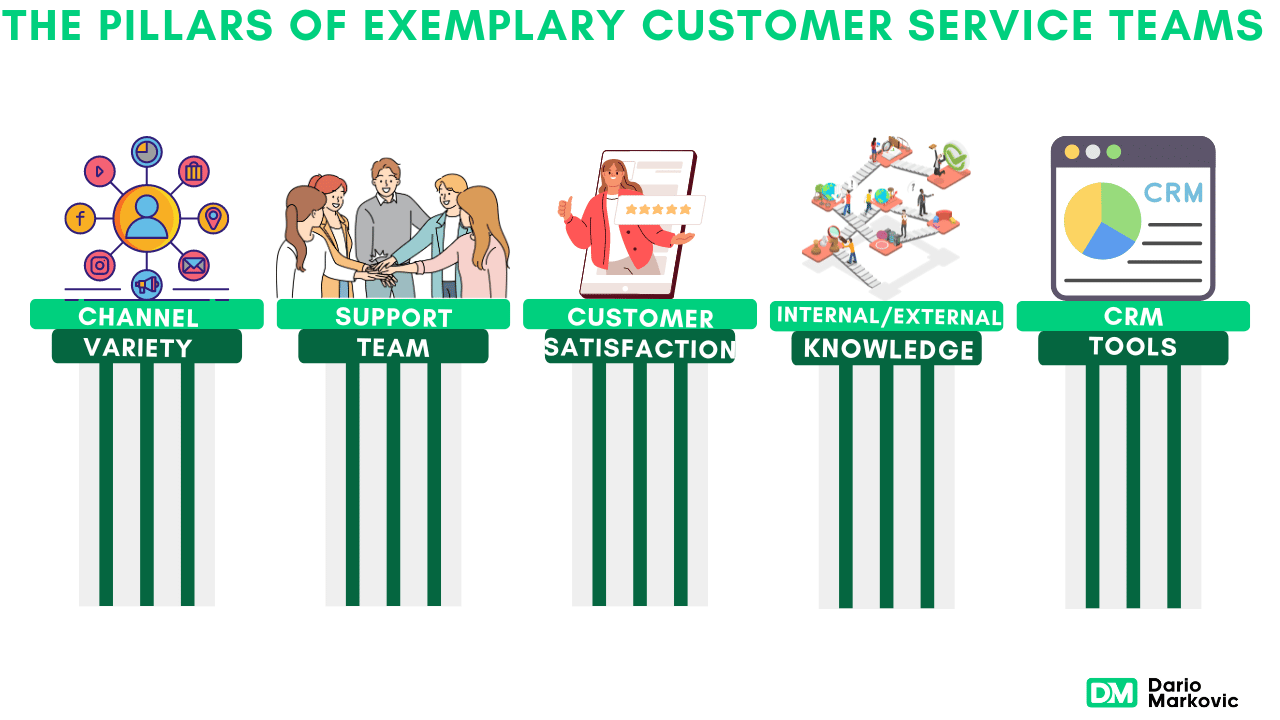
A cadre of exceptional customer service experts is at the core of an effective customer service management strategy. These professionals are equipped with essential skills that include but are not limited to:
-
- adeptness at resolving issues
-
- ability to understand and share the feelings of others
-
- attentive hearing
-
- forbearance in dealings
-
- robust communicative abilities
These competencies are critical in ensuring successful customer engagements during service management scenarios.
Recruiting for Success
Beginning the quest for superior customer service hinges on hiring the ideal individuals. Enhancing one’s employer brand is essential to lure prospective employees by portraying the organization as an attractive place of employment.
Details concerning pay, perks, work schedules, and training must be communicated transparently throughout the hiring stage to establish well-defined expectations.
Utilizing cutting-edge recruiting methods such as social media platforms and video content can draw in high-caliber candidates.
Deploying strategies like realistic job simulations and situational judgment assessments offer a window into an applicant’s decision-making prowess, confirming their compatibility with the position’s specific demands.
Assessing soft skills through various means, including interviews, simulated interactions, or role-plays, and noting responses during unexpected scenarios is crucial to determining whether a candidate has the interpersonal attributes needed to deliver exceptional customer care.
Training for Excellence
Once the appropriate team members have been selected, attention turns to their development. Implementing an ongoing training curriculum for customer service staff ensures they remain knowledgeable about product offerings, services, and techniques for effectively engaging with customers.
Such continuous education conveys a commitment to the professional growth of customer support agents and can dramatically enhance the quality of the overall customer experience.
Training initiatives ought to be thorough and encompass various skills, such as:
-
- active listening,
-
- efficient communication,
-
- empathy cultivation,
-
- emotional intelligence enhancement,
-
- conflict resolution tactics,
-
- proficiency in problem-solving.
Educating customer service representatives on their roles and those related tasks carried out by other departments—including insights into what it entails to be a customer service manager—helps them better address consumer needs and set realistic expectations.
Motivating for Peak Performance
The encouragement of motivation is key to eliciting optimal output from customer service teams. To improve the cohesiveness and contentment within these teams, various strategies can be employed, such as:
-
- Tailoring rewards to individual preferences
-
- Promoting a sense of empowerment among staff members
-
- Instituting structured incentive schemes
-
- Incorporating gamification techniques
-
- Introducing team leaderboards that spur healthy competition and encourage agents to achieve their performance targets.
When the achievements of those in customer service roles are recognized, it tends to boost their drive for success. This increase in enthusiasm typically translates into enhanced customer satisfaction.
Consequently, an inspired service team becomes more adept at providing superior-quality customer service that not only meets but surpasses customers’ expectations, thereby nurturing greater allegiance among the consumer base.
Crafting a Robust Customer Service Management Strategy

Developing a strong customer service management strategy requires the following:
-
- Equipping service agents with an extensive understanding of both the business and its offerings
-
- Implementing appropriate technologies and tools
-
- Consistently revisiting and refining the policies and protocols related to customer service.
This strategic approach is vital for elevating customer experiences and catalyzing business expansion.
Setting Clear Objectives
Formulating a CSM strategy begins with establishing well-defined objectives. These are vital for gauging success, boosting engagement, and raising the morale of customer service teams.
Goals set within the customer service realm can markedly affect business performance. For instance, achieving just a 5% boost in retaining customers is linked to an increase in profits by at least 25%.
Aim-setting should center around educating your client base or elevating their product interaction experience, ensuring alignment with overarching company aims.
Integrating SMART criteria (Specific, Measurable, Achievable, Relevant, Time-bound) into setting these customer service targets guarantees that they remain precise and purpose-driven.
Aligning Team Efforts
Ensuring team actions align with an established CSM strategy is essential for robust customer support. It’s vital that the goals of the support staff not only mirror those of a larger customer service plan but also align with the overarching aims of the company to guarantee coherent progress in delivering services.
When harmony between how customers are supported and general business practices, it fortifies strategies and significantly improves customer interactions.
Setting clear Key Performance Indicators (KPIs) is pivotal in tracking team efforts and assessing how successfully customer support objectives have been met. Consider these KPIs when evaluating your team.
-
- Average time taken to respond
-
- Ratings related to customer satisfaction
-
- The rate at which issues are resolved on first contact
-
- Daily count of resolved tickets
Adapting your approach to meet specific customer needs based on each client’s unique business model can be incredibly beneficial, providing more precise and tailored solutions for their support requirements.
Embracing Technology
In the current era of digital change, adopting technological advancements is vital for an effective Customer Success Management (CSM) strategy.
Utilizing technology leads to more rapid communication and improves service delivery by decreasing response times with functionalities such as real-time chat.
Incorporating automation and AI streamlines interactions while reducing expenses by lowering reliance on external call centers and enhancing agent productivity.
Sophisticated data analysis techniques empower customer service teams to provide tailored experiences through tools including session replay, heatmaps, and analysis of conversion pathways.
By integrating customer support platforms with other organizational systems, there’s a consistent exchange of information between departments, which supports swift resolution of customer issues. Ongoing investment in cutting-edge technology is essential for keeping customer service practices contemporary and efficient.
The Journey to Unmatched Customer Satisfaction
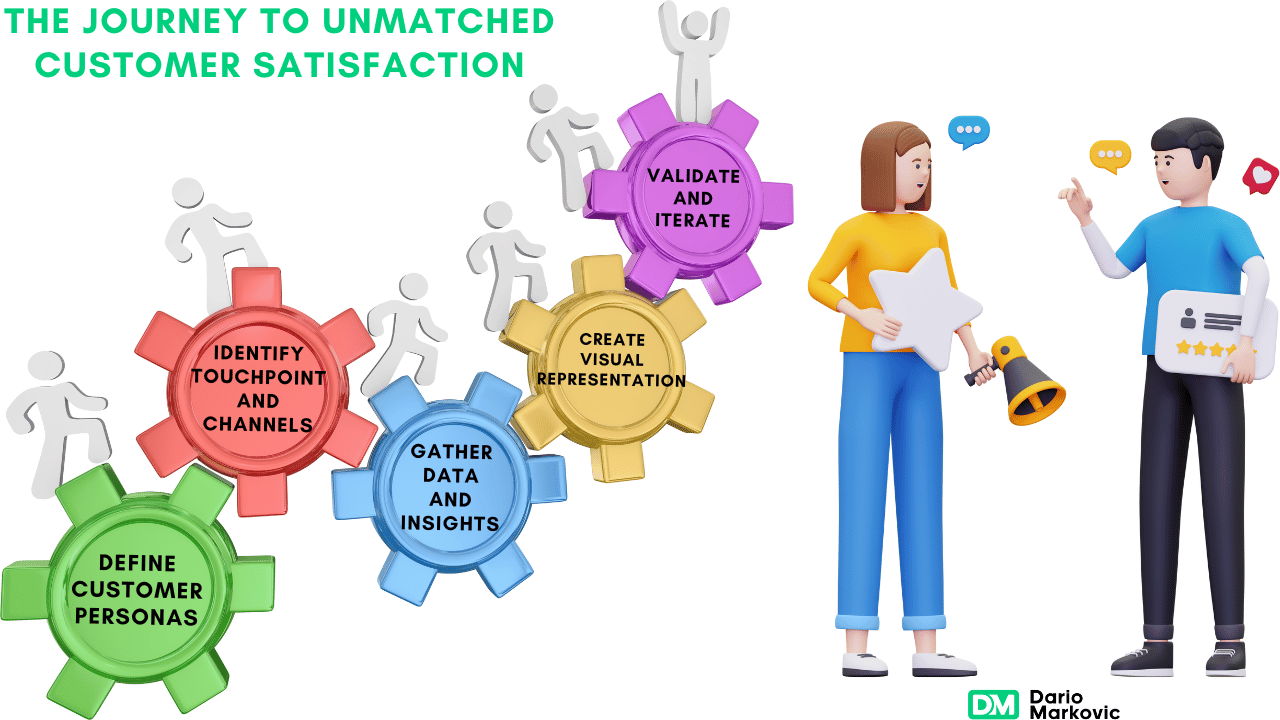
Comprehending the path a customer takes is vital to enhancing their overall experience and level of satisfaction. This includes recognizing every interaction that occurs between the customer and the brand, starting from when they first become aware of it through to making a purchase decision, with steps such as:
-
- Awareness
-
- Consideration
-
- Decision
-
- Retention
-
- Loyalty
Professionals often create a visual tool called a customer journey map to gain insight into what customers need at various stages. It illuminates vital moments where opinions are shaped and outlines crucial interactions alongside factors influencing decisions within each phase.
Continuously refining this map helps pinpoint problem areas, seek opportunities for enhancement, and ensure that adjustments are made so that experiences remain relevant and streamlined over time.
Optimizing the Customer Service Management Process
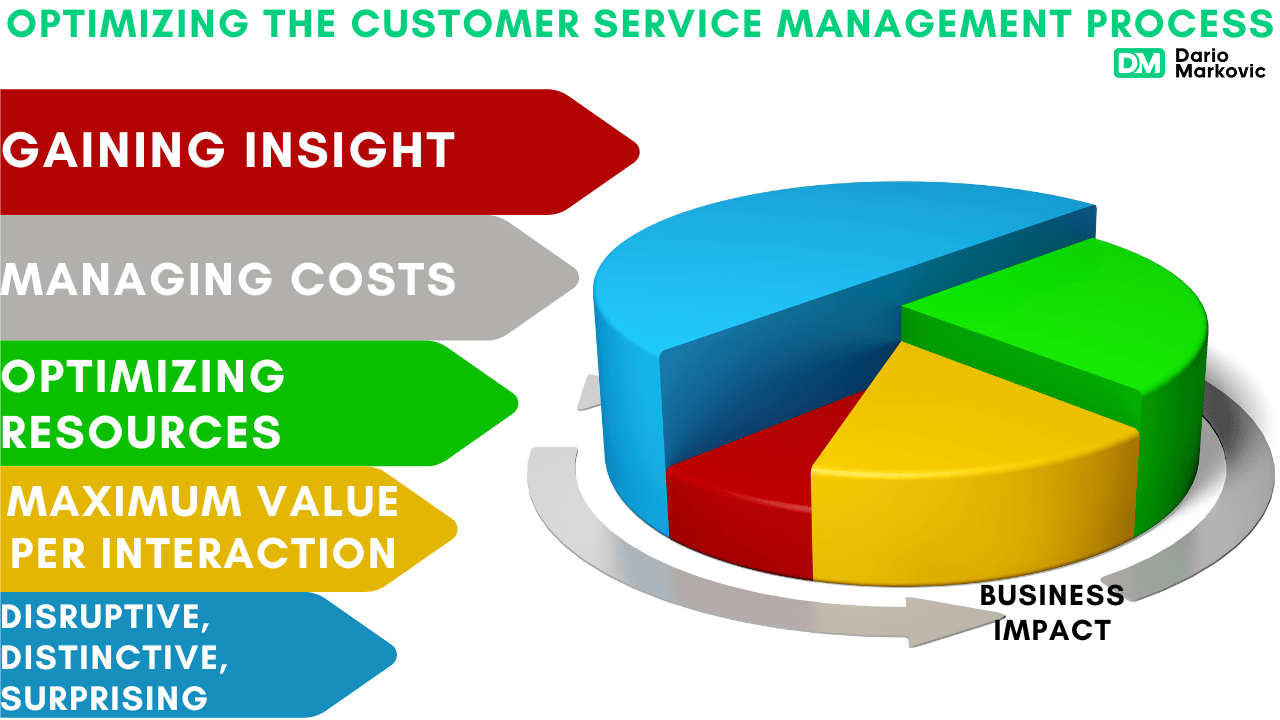
Enhancing the efficiency of customer service management important processes is achieved by refining how conversations are directed, bolstering teamwork within the company, and performing analyses to understand underlying issues for forward-thinking support strategies.
Implementing functionalities such as preset responses, categorization via tagging, and checks to prevent overlapping work efforts can also help organize shared inboxes or queues efficiently, all of which aim to improve service operations.
Following resolving a customer’s concern, it’s imperative to undertake an analysis that uncovers fundamental problems to avoid future occurrences. This should form part of an anticipatory approach toward support that incorporates recovery planning and comparative testing (A/B testing) techniques.
By streamlining their Customer Service Management (CSM) process, businesses can offer quality customer service with greater consistency and effectiveness. The result: elevated customer satisfaction, fostering heightened brand loyalty.
Leveraging Customer Data for Personalized Interactions

Personalization is the key to successful customer interactions in today’s digital age. Customers increasingly expect personalized service that tailors interactions to their individual history and preferences, which enhances satisfaction and drives loyalty.
Through customer analytics, businesses can segment customers, predict future behavior, and optimize the customer experience with personalized product and service suggestions.
AI tools analyze customer data to identify patterns and preferences, enabling businesses to provide highly tailored services and interactions. Thus, leveraging customer data is essential for delivering personalized service and improving customer satisfaction.
Nurturing Customer Loyalty Through Exceptional Service
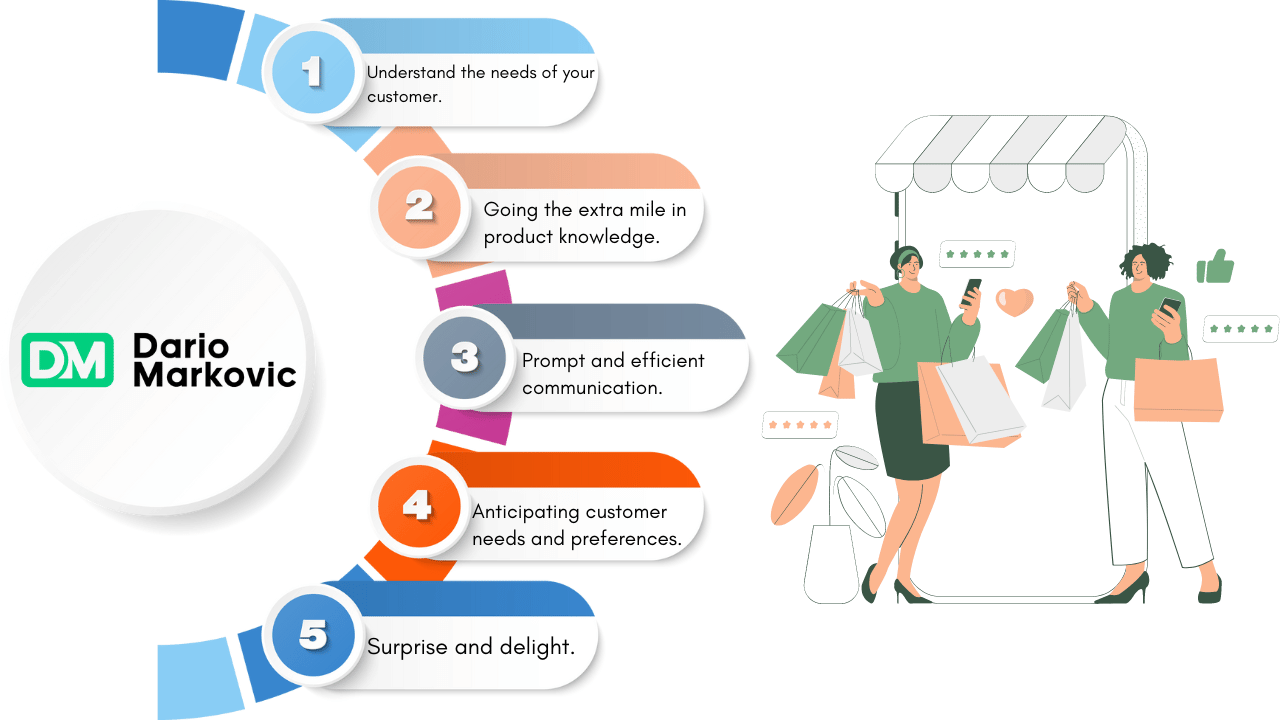
Outstanding customer service is fundamental in maintaining and enhancing customer loyalty. When customers are content, they tend to enthusiastically recommend the brand by sharing their experiences verbally or through online platforms.
Customer loyalty is reinforced through the continuous delivery of superior customer service, which helps keep retention levels high while minimizing turnover.
In markets where competition is fierce, extraordinary care provided to customers can set a business apart, as individuals frequently prefer brands that offer exemplary assistance.
Fostering deep-rooted customer loyalty via excellent service is critical in driving business expansion and prosperity.
Enhancing Communication Across Multiple Channels
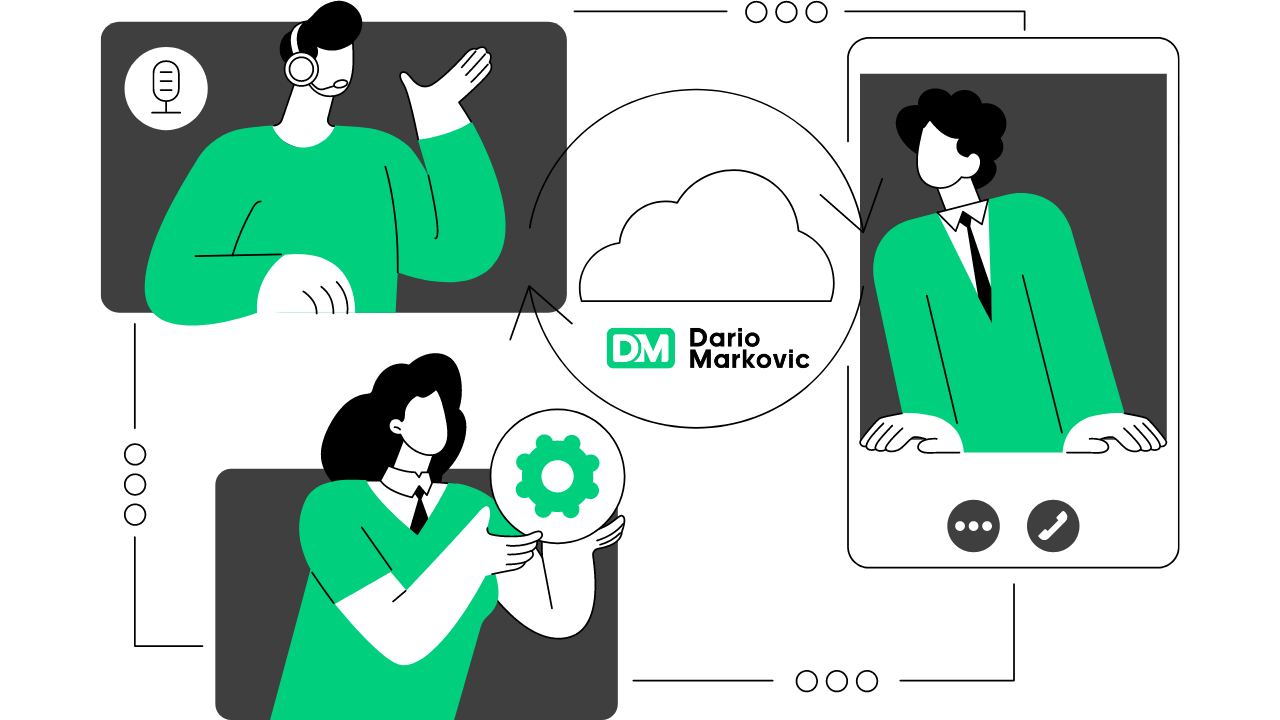
The art of effective communication lies at the core of delivering quality customer service. By managing workflows through an omnichannel approach, support inquiries are seamlessly linked throughout all available communication channels, which ensures a unified and continuous dialogue with customers.
Incorporating social media as part of customer service offers an economical way to interact where numerous customers frequently engage. Adding varied means, such as SMS and AI-driven platforms, allows for prompt notifications and flexible assistance.
Expanding upon these multiple channels is essential for providing high-quality customer service that aligns with consumers’ ever-changing expectations.
Bridging the Gap Between Support Teams and Other Departments

Collaboration across different departments is crucial to maintain a customer-centric strategy. When key divisions within an organization embrace a collective vision for the customer experience, uniform service delivery and alignment of everyone toward common objectives are achieved.
Establishing systems like specialized task groups, collaboration guidelines, and mutual information repositories is vital to guarantee concerted attention to the quality of the customer experience.
As various segments of the company pool together their expertise regarding products, industry nuances, and insights about customers with support teams, this collaborative effort significantly improves complex problem-solving and elevates total customer satisfaction.
Innovations in Service: AI and Machine Learning
Technological innovations like AI and machine learning shape the future of customer service. AI-powered applications and chatbots enhance agent productivity by suggesting replies to customer inquiries, leading to quicker and more effective responses.
AI-driven chatbots offer immediate automated responses to customer queries, saving time for both customers and service centers. Implementing AI in customer service management provides benefits such as:
-
- Streamlined issue resolution
-
- Minimizing hold times
-
- Improved service personalization
-
- Valuable insights from trends and customer data.
Thus, AI and machine learning are revolutionizing the field of customer service.
Building a Feedback-Informed Customer Service Department
Customer feedback is a valuable resource for improving service delivery and customer satisfaction. Through direct channels such as surveys, focus groups, interviews, and customer requests, as well as indirect channels including social media activity and online reviews, businesses can understand customer perceptions and service experience.
Upon receiving customer feedback, building a feedback-informed customer service department involves the following steps:
-
- Address negative feedback quickly.
-
- Thoroughly investigate issues raised by customers.
-
- Offer sincere apologies for any mistakes or inconveniences caused.
-
- Inform customers of the resolutions or actions taken to address their concerns.
Following these steps, you can demonstrate a commitment to service improvement, drive continuous improvement, and enhance customer satisfaction.
Empowering Customers with Self-Service Options
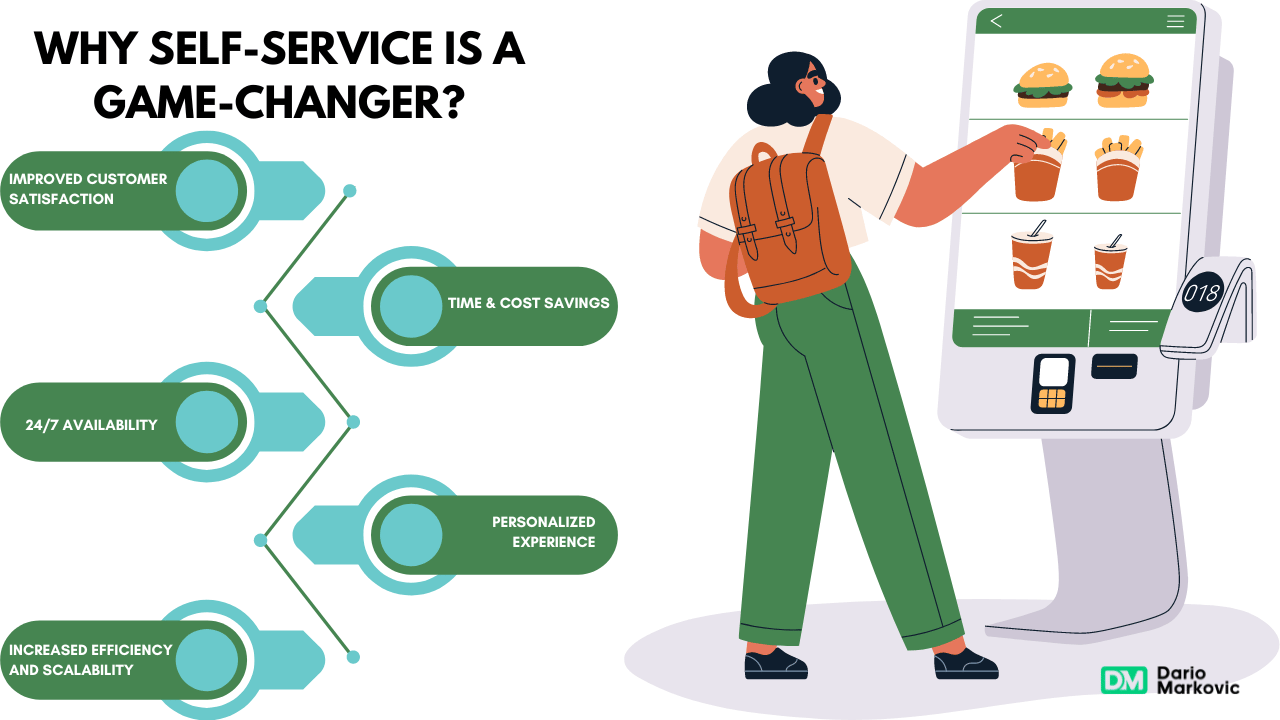
Self-service features are increasingly becoming a vital element of service management strategies. They enhance customer satisfaction by allowing customers to address their issues effectively and autonomously.
By developing assets like FAQ sections, online support forums, product guides, and knowledge databases, businesses facilitate self-sufficiency that can bolster customer contentment and loyalty.
Self-service also curtails the necessity for immediate assistance from customer service teams, resulting in fewer incoming support requests, swifter problem-solving timescales, and diminished expenditures on customer help operations.
Furnishing customers with options for self-service generates mutual benefits for companies and their clientele.
Recognizing and Rewarding Your Customer Service Team
Acknowledging and incentivizing customer service teams are fundamental to improving their performance. Tailored commendation and incentives heighten the contentment and proficiency of agents.
It is vital to tailor incentives and promote a sense of autonomy among staff to improve team cohesion and personal fulfillment at work.
Businesses that introduce innovative forms of recognition, such as rewards with company merchandise, monetary benefits, or accolades recommended by customers, can greatly uplift their employees’ spirits.
Consequently, giving due acknowledgment and incentives to customer service teams is imperative in sustaining a driven and effective workforce.
Keeping Up with Evolving Customer Expectations

As customers’ demands shift, companies must modify their customer service approaches accordingly. Agile and responsive strategies allow businesses to align with changing customer desires and the latest technological advancements.
Incorporating cutting-edge methods and leveraging data analytics empowers enterprises to:
-
- Anticipate changes in what customers expect
-
- Cultivate long-term commitment from clients
-
- Introduce adaptability into support services
-
- Enhance emphasis on tailored service offerings
Such strategies can effectively address varied client requirements, especially when adapting to fluctuating market scenarios like those witnessed during the COVID-19 crisis.
Wrapping Up My Thoughts on Customer Service Management
To sum up, excelling in service management demands a comprehensive approach that includes hiring the appropriate team members, offering ongoing education, establishing definite goals, adopting technological solutions, effectively utilizing customer data, integrating customer feedback into operations, and staying ahead of changing customer expectations.
Companies can provide excellent customer service by grasping these dimensions and executing impactful tactics within their business models.
This not only resolves problems but also cultivates enduring connections with customers, enhancing their loyalty and transforming them into enthusiastic brand supporters—crucial for propelling business growth.
Frequently Asked Questions
The customer service manager is responsible for supervising the operations within the customer service department, guiding and inspiring team members, instituting rewards programs to foster loyalty, overseeing account administration, effectively addressing concerns, and enhancing customer satisfaction by providing solutions-oriented support and technical guidance.
Successful performance in this role necessitates robust leadership capabilities and excellent interpersonal communication skills.
Effective management plays a crucial role in customer service by optimizing the sales process, guiding the sales force effectively, and outlining definitive steps for customers to complete transactions. Leaders in customer service train, mentor, and direct representatives while setting objectives and offering constructive feedback to enhance the support and assistance offered to customers.
Effective customer service operations management and excellent customer support require that great customer service managers demonstrate robust communication, multitasking, problem-solving, and leadership skills and a knack for promoting trust within their team. These competencies are vital for ensuring outstanding service operations directed toward the customer’s needs and satisfaction.
Managing customer service involves utilizing diverse tools, including support software tailored for customers, real-time chat interactions, telephonic assistance, and electronic mail correspondence. The goal is to automate and optimize the experience of customer service.
To enhance the customer service management process, companies must focus on refining how conversations are directed, bolster internal team coordination, and engage in thorough root cause investigations to preemptively support customers.
Businesses can significantly increase their effectiveness and elevate customer satisfaction by taking these steps.



